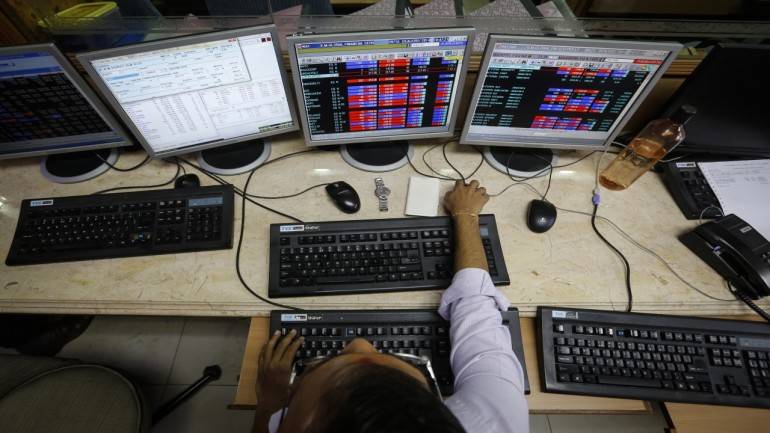Though expected higher fiscal deficit may create some liquidity squeeze towards the second half of the calendar year.
Shailendra Kumar
This credit policy is important in context of growth concerns being talked by the Reserve Bank of India (RBI) and some key reforms like tweaking of the lending norms to non-bank financial companies (NBFCs).
RBI has reduced reverse repo rate by 25 bps to 6 percent and repo rate to 6.25 percent from 6.5 percent before. Marginal standing facility has been set down to 6.5 percent. RBI has also changed its monetary policy stance from 'calibrated tightening' to 'neutral'.
These changes are largely in-line with the expectations ahead of the policy. More importantly long term inflation forecast has been cut sharply by 60-80 basis points.
System liquidity appears in control. Liquidity is already in surplus and forthcoming open market operations will ensure that system wide liquidity remains comfortable at least in the near term.
Though expected higher fiscal deficit may create some liquidity squeeze towards the second half of the calendar year.
This credit policy is important in context of growth concerns being talked by RBI and some key reforms like tweaking of the lending norms to NBFCs. Current practice of 100 percent risk weightage to all the lending by banks to NBFCs is set to change.
Now, the risk weightage will be in line with the credit rating of the respective NBFCs. This will make it easier for banks to increase lending to the NBFC space.
Also, better-rated NBFCs will be able to increase their bank borrowings at better rates. This measure will particularly help higher rated NBFCs in micro finance space, gold loan and consumer finance space. Other important reforms are easing of corporate debt investment by FPIs and change in the definition of bulk deposit.
RBI has raised concerns regarding growth ahead. Investment demand is seen lost in the third quarter FY19 and credit flows to the industry is slowing. So the green shoots that RBI had spoke of during the December policy did not materialize. RBI business assessment Index for industrial output for third quarter is suggesting weakness.
Order books, inventories and capacity utilization survey (OBICUS) reading for Q1 this financial year was at 73.8. For Q2, in the credit policy in December the assessment was for a reading of 76.1 but now the number is 74.8.
Growth concerns and benign inflation outlook suggests room for further rate cut this year. Better rated NBFCs in micro finance, gold loan and consumer finance space are clear beneficiary from this policy.
The author is Chief Investment Officer of Narnolia Financial Advisors.
Disclaimer: The views and investment tips expressed by investment experts/broking houses/rating agencies on Moneycontrol are their own, and not that of the website or its management. Moneycontrol advises users to check with certified experts before taking any investment decisions.















